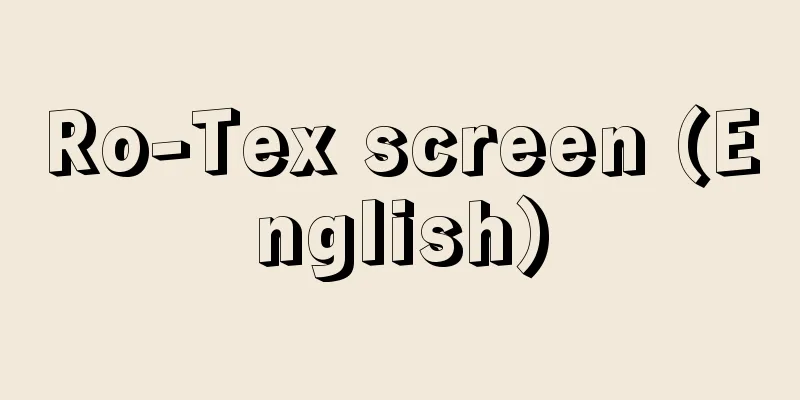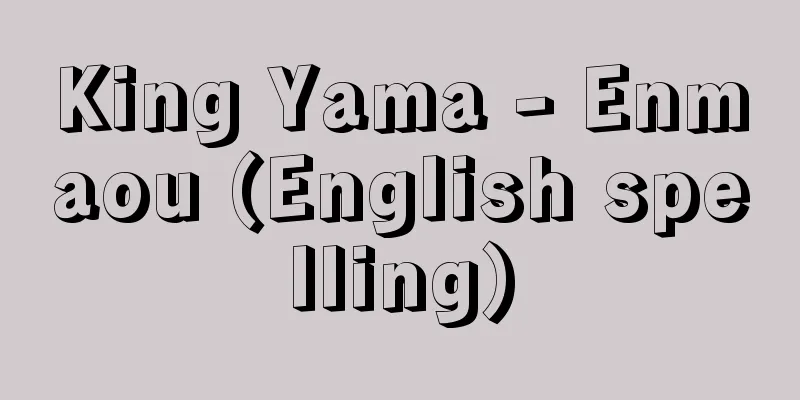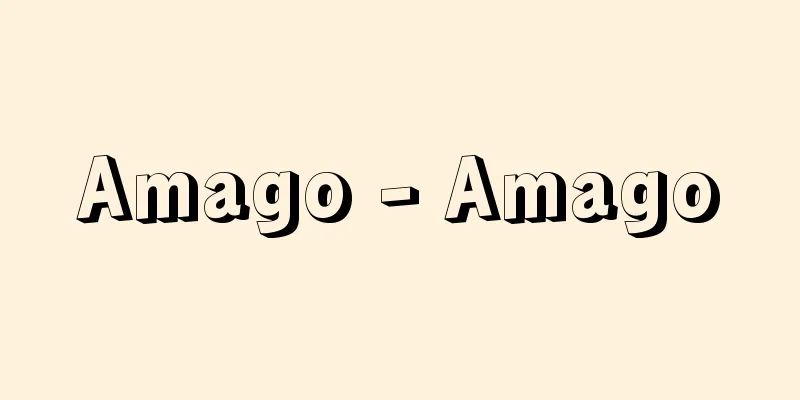Delicious food

|
...In the cities, men wore black monfuku with hakama, and women wore shiromuku with a white obi, but the shiromuku and white obi for women gradually fell out of fashion, and in the Showa era, women began to wear black monfuku with a black obi, just like men, and even more informally, they may wear only a black obi instead of mourning clothes. On the other hand, in rural areas, old-fashioned styles are still passed down, and mourning clothes are called iro, irogi, shirogin, kataginu, ureigimono, etc., and are made from hemp, cotton, or white cloth, and are used as chihaya, kataginu, kosode, etc., as well as irogi, a roll of white cotton wrapped around the shoulders and waist, and iro, shiro, monkakushi, etc., which are white cloth draped over the shoulders or folded in four and draped around the collar, and these can also be considered a type of mourning clothes. Furthermore, attention should also be paid to headgear worn during mourning and funerals. If one goes out during the 49-day (hon'imi) period, it is customary to wrap one's head in white cotton cloth, calling it "tento osore," and men who are afraid of attending a funeral will place triangular pieces of cloth or paper on their foreheads, calling it "kanmuri," "kamieboshi," "shihou," "kamikakushi," "mikakakushi," or "manji no nun," or wear a white cloth headband, or wear a woven hat made of rush grass, calling it "kichugasa," as has been the custom in various places. *Some of the terminology that refers to "ureigimono" is listed below. Source | Heibonsha World Encyclopedia 2nd Edition | Information |
|
…また和服は都市では男子は黒紋服に袴,女子は白無垢に白の帯を用いたが,女子の白無垢・白の帯はしだいにすたれて,昭和時代に入ると男子と同じように黒紋服に黒の帯が用いられるようになり,さらに略式には黒の帯のみを用いて喪服にかえることもある。 これに対し地方の農山漁村にはなお古風が伝えられ,喪服を〈いろ〉〈いろぎ〉〈しろぎん〉〈かたぎぬ〉〈うれいぎもの〉などと呼び,麻,木綿の素または白地の布で千早(ちはや),肩衣(かたぎぬ),小袖などを作って用いているほか,〈いろぎ〉といって白木綿1反を肩から腰に巻いたり,〈いろ〉〈しろ〉〈もんかくし〉などといって白布を肩にかけたり長く四つに折って襟にかけたりしているが,これも一種の喪服といえよう。なお,喪中・葬送の被り物も注意すべきで,49日の〈ほんいみ〉の期間中に外出する場合には〈てんとうおそれ〉などと称して,白木綿の布で必ず頭部を包むという風が行われたり,葬送に忌みがかりの男たちが〈かんむり〉〈かみえぼし〉〈しほう〉〈かみかくし〉〈みかくし〉〈まんじのぬの〉などと称して三角形の布や紙ぎれを額につけたり,白布で鉢巻したり,〈きちゅうがさ〉などといってイ(藺)の編笠(あみがさ)をかぶることが各地で行われてきた。… ※「うれいぎもの」について言及している用語解説の一部を掲載しています。 出典|株式会社平凡社世界大百科事典 第2版について | 情報 |
<<: Three Sorrows - Three Sorrows
Recommend
Round Chair
...The word "Kyokuko" is an abbreviatio...
Rough skin - Hadaare
The skin becomes rough and flaky. Source: About Sh...
's-Hertogenbosch
The capital of the province of North Brabant in th...
Squish
...When a dome is placed over a cylindrical wall ...
Beautiful style
…Rococo is originally a style in art and architec...
Ibn al‐'Arabī
1165‐1240 Islamic mystic. Born in Murcia in southe...
Mirror bit - Mirror bit
〘Noun〙 A type of horse bit. A metal washer that is...
Paulista
…Paved highways run in all directions throughout ...
Reynolds number - Reynolds number
When an object of representative length L (for exa...
Seiyu Honto (Seiyu Honto)
A conservative political party founded by Tokonam...
Rhône‐Poulenc SA (Company)
Holding company of France's largest chemical i...
Photogrammetry - shashinsokuryo (English spelling)
The identification of objects such as surface stru...
Tsuyama [city]
A city in northern Okayama Prefecture. It was inco...
Map - Map (in English)
A map is a representation of the state of all or ...
Kangin - Kangin
…In 1971, the bank was established through an equ...









